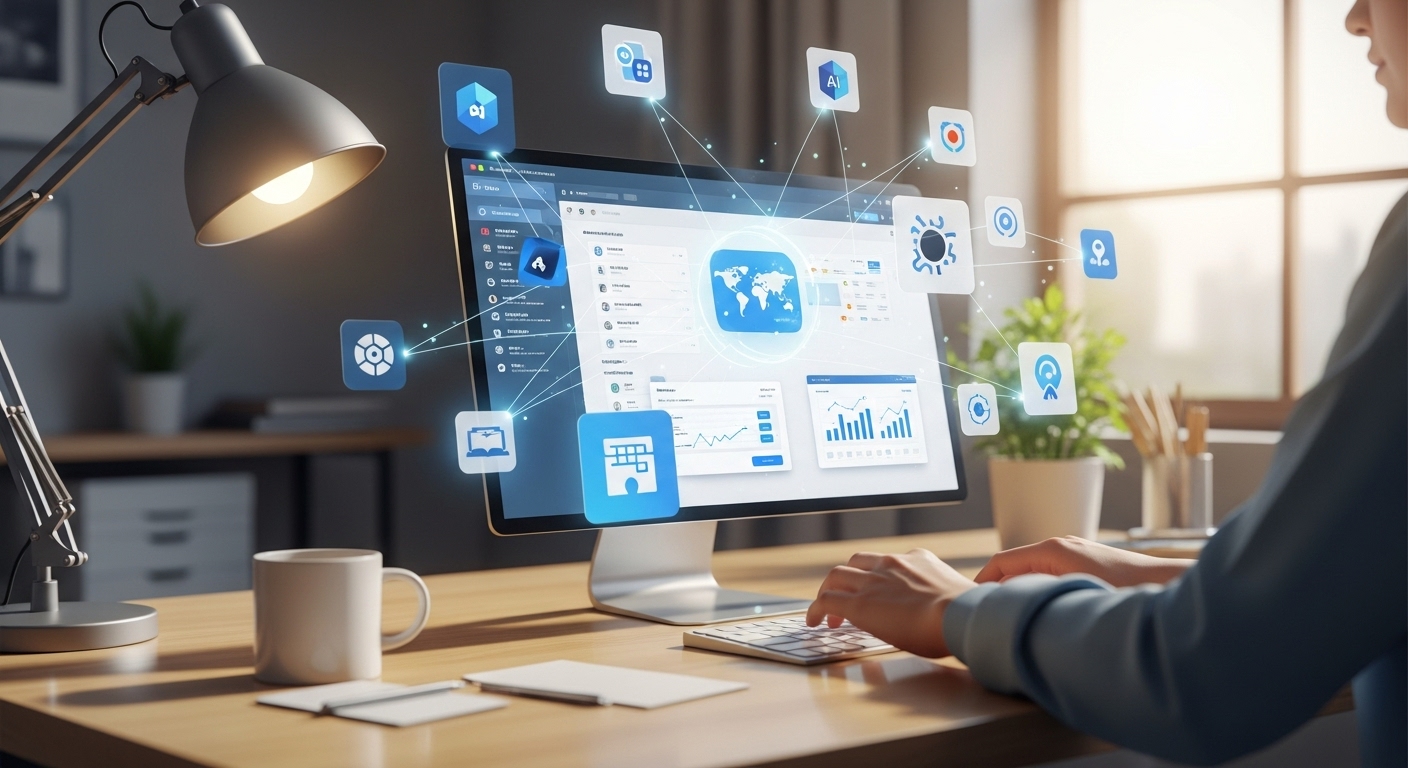Introduction: A Name, A Mystery, A Movement
In a time where identity is constructed pixel by pixel, the digital landscape is constantly shaped by unique voices and personas that defy expectations. Among these new-age archetypes emerges a name that seems more whisper than shout: Baddiehu.
Is it a brand? A person? An alter ego? A rebellion hidden beneath filters and fashion? One thing is certain — Baddiehu is not just a username. It’s an invitation. An invitation to explore the raw power of self-expression in a world that demands masks.
This article takes you on a journey — part profile, part prophecy — into the world of Baddiehu, an aesthetic, an attitude, and perhaps a movement in the making.
Chapter 1: The Birth of Baddiehu
Not a Brand. A Breakthrough.
Baddiehu was not launched. It wasn’t announced with a press release or a promotional trailer. It arrived. Organically. Quietly. Like all truly disruptive things.
Maybe it started with a single post — a mirror selfie in chaotic lighting, lips glossed like glass, eyes smudged with rebellion. Maybe it was a voice note, raw and raspy, shared with close friends only. Or a TikTok where vulnerability met vengeance.
However it began, Baddiehu didn’t ask for attention. It earned it, not through perfection, but by showing what others were too afraid to.
Chapter 2: The Code Behind the Aesthetic
What Does “Baddiehu” Mean?
At first glance, the name feels playful. But layered within it is something more poetic:
- “Baddie”: A period reclaimed by ladies and femme-imparting people to indicate unapologetic self-assurance, sensuality, and power.
- “Hu”: Ambiguous. A suffix? A name? A nod to “who?” — as in “baddie who?” — a rhetorical mic drop, asserting that Baddiehu is the one to watch.
But perhaps it’s better left unexplained. That’s part of the spell — it refuses easy definition. And in that refusal lies its power.
Chapter 3: Not Your Average Baddie
Goodbye Gloss, Hello Grit
Traditional baddie aesthetics — Instagram-ready, hyper-curated, surgically symmetrical — feel manufactured. Baddiehu rejects that. It’s a brand new wave: gritty, dreamy, glitchy. Like a baddie that fell out of a cyberpunk novel and landed in a thrift shop.
Key traits of the Baddiehu aesthetic:
- Nonlinear beauty: Asymmetry, imperfections, intentional flaws. Beauty that tells a story.
- Emotional textures: Aesthetic isn’t just how it looks — it’s how it feels. Melancholy with neon blush. Rage in a latex corset.
- Cultural layering: Influences from K-pop, Afro-futurism, vaporwave, Y2K, and anime collide into a chaotic, coherent identity.
Baddiehu is moodboard anarchy — and that’s the point.
Chapter 4: Digital Realness in a Filtered World
Authenticity, But Make It Art
Where most influencers hide behind glass-smooth skin and Pinterest-perfect captions, Baddiehu dares to show the glitch. The breakdown. The messy, makeup-smudged moments after a night out.
It’s vulnerability styled as strength. Trauma turned into a tapestry.
Maybe Baddiehu doesn’t post every day. Maybe when they do, it’s something haunting: a cryptic quote, a raw poem, a photo of chipped nails holding a cigarette over a city that forgot her name.
You scroll, pause, and think: I feel this.
That’s the Baddiehu effect.
Chapter 5: A New Kind of Influence
From Followers to Fellowship
Baddiehu’s community isn’t just an audience — it’s a collective. A group of digital rebels who reject aesthetic dictatorship. They don’t just copy Baddiehu. They remix. They reinterpret.
- Someone styles their thrifted jacket like Baddiehu did in that one post from 2 AM.
- Another writes poetry inspired by Baddiehu’s captions — all lowercase, all heartbreak.
- A dancer loops Baddiehu’s voiceover into a glitch-hop choreography.
It’s not imitation. It’s an echo. Proof that Baddiehu is not just a look. It’s a language.
Chapter 6: The Inner Life of Baddiehu
Persona vs. Person
Behind every online persona is a real person — breathing, breaking, healing. But Baddiehu blurs the line so skillfully, you start to wonder: Is this character? Or confessional?
Maybe Baddiehu is someone who went through too much too young, and turned pain into palette. Maybe they’re a performance artist. Maybe they’re five people running one account. Maybe they’re you — the version of you that never got to live.
Baddiehu is a mirror you don’t expect to recognize yourself in — until you do.
Chapter 7: Aesthetics as Resistance
Why Baddiehu Matters
In a world that profits from sameness, Baddiehu thrives on difference. The aesthetic isn’t just about slayage — it’s subversive.
- In a world that censors femininity unless it’s profitable, Baddiehu flaunts it raw.
- In a culture of toxic positivity, Baddiehu posts, “I’m not okay.” And means it.
- In a space of perfection, Baddiehu posts in motion blur, mid-sob, laughing through tears.
This is aesthetic warfare — using filters not to hide, but to exaggerate the very chaos we’re told to conceal.
Chapter 8: Where Does Baddiehu Go From Here?
Evolution or Erasure?
Digital fame is fragile. Algorithms shift. Trends fade. But identities like Baddiehu don’t die — they evolve.
Perhaps Baddiehu becomes a brand, with pop-up art galleries, underground zines, or experimental fashion lines.
Or maybe they vanish, leaving only fragments behind — screenshots, reposts, whispered usernames. That, too, would be poetic. A ghost that changed the game and disappeared.
But the idea? The feeling? It stays.
Conclusion: Be Your Baddiehu
In the end, Baddiehu isn’t someone you follow.
Baddiehu is a prompt. A dare. A digital wink saying: “You could be this, too.”
You don’t need 100k followers. You need guts. Guts to post that blurry selfie. To wear that outfit that makes you feel like a go, even if your mom hates it. To say what hurts before it heals.
So go ahead — start that burner account. Write that ugly poem. Break the feed’s pattern. Be emotional. Be intense. Be complicated.
Stay in touch to get more updates & alerts on BaddiehubX! Thank you




